Invisalign – Cost and Advantages vs Metal Braces
What is Invisalign?
Contents
Invisalign is an innovative technology in the area of dentistry and orthodontics which applies a modern approach to straightening your teeth and makes them look better than ever before through a comfortable treatment. Instead of using metal wires and brackets as most regular braces and retainers do, Invisalign aligners are made of smooth, comfortable and barely visible plastic that will gradually shift your teeth into place. Suitable for both adults and teens with minimal impact on your everyday life, Invisalign introduces a convenient solution to various dental problems.
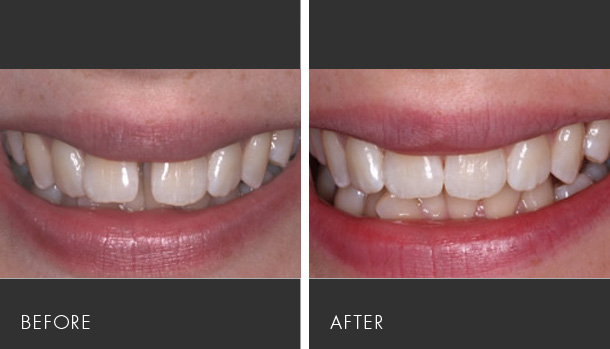
How does Invisalign work?
Invisalign aligners are custom-made just for you, based on x-ray pictures and impressions the doctor takes of your teeth. The images help the doctor prepare a treatment plan for your specific dental problem. The treatment has several stages and your doctor can show you a virtual representation of the entire process. Invisalign aligners are made of clear BPA-free plastic which minimalizes the irritation of your gums and cheeks so typical with traditional metal braces. Throughout the whole treatment it is necessary to wear the aligners at least 20-22 hours a day to reach maximum results.
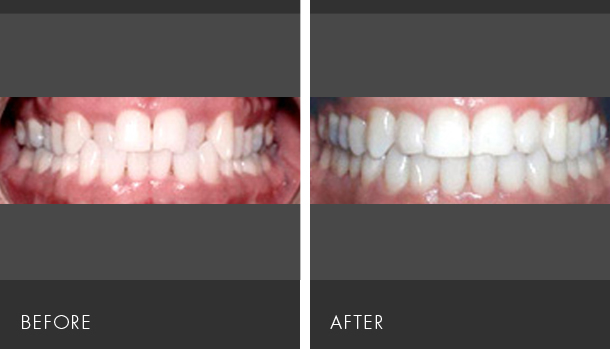
The length of the treatment depends on your individual issue, but generally it is one year for adults and a comparable amount of time to wearing metal braces for teens. You are provided with a new set of aligners every two weeks as you advance in your treatment, but you only need to see your doctor for occasional check-ups, approximately once in six weeks. On top of being almost invisible, the greatest advantage of Invisalign aligners over traditional dental retainers is that you can take them off any time you want, to eat foods you would be limited on with wire braces and to clean your teeth comfortably.
What does Invisalign treat?
Invisalign was designed to treat various teeth straightening problems, from mild cases of gapped teeth to serious dental issues. Each individual case needs to be consulted with your doctor, but the main conditions currently corrected by Invisalign aligners include:
- Gapped teeth – whether they occur with abnormal jawbone growth or as a result of missing teeth, gaps between your teeth can lead to periodontal pockets and gum problems.
- Overly crowded teeth – typically resulting in severely crooked teeth, teeth crowding occurs when there is not enough room within your jaw to fit all your teeth comfortably
- Overbite – this dental problem of upper teeth biting over lower teeth is usually caused by genetics or bad oral habits, and can result in gum irritation, joint problems or painful jaw.
- Underbite – similarly to overbite, this dental problem of lower teeth protruding past the front teeth can lead to painful jaw, joint problems and general tooth wear. It is typically caused by overgrowth of the lower jaw, undergrowth of the upper jaw, or the combination of both.
- Crossbite – caused by the misalignment of both the upper and lower jaws, crossbite can lead to gum disease, wear of the teeth and bone loss.
- Open bite – usually caused by excessive thumb-sucking or a genetic abnormal jaw structure, open bite can result in poor chewing, speech impairment or even serious issues such as thermo-mandibular joint disorder (TMJ).
What are the advantages of Invisalign?
Having healthy straight teeth is not only beneficial for a beautiful confident smile, it can also reduce the risk of tooth decay and gum disease and improve overall dental health. Correcting your teeth with Invisalign is extremely comfortable and there are many advantages of using these aligners over traditional metal braces:
- Transparent material – the smooth comfortable plastic Invisalign uses is a perfect solution to straighten your teeth without anyone noticing – no more embarrassing moments with shiny metal braces in your mouth.
- Removable aligners – since it is so easy to put Invisalign aligners back on your teeth, you can remove them anytime you need to properly brush and clean your teeth, as well as eat foods you would not be allowed to consume wearing traditional metal retainers.
- No mouth irritation – because Invisalign uses smooth comfortable plastic material instead of sharp metal, it significantly reduces the risk of pain, discomfort, mouth sores, plaque buildup, tooth discoloration and many other adverse effects.
What is the cost of Invisalign and is it covered by insurance?
The cost of Invisalign treatment varies from case to case, but just as traditional orthodontic treatment it is covered by many dental insurance plans. You will have to talk to your insurance provider or Invisalign-trained doctor to find out about the details, but dental insurance plans typically cover up to $3,500 of Invisalign treatment. You can also apply your Flexible Spending Account toward Invisalign treatment, or discuss an affordable monthly payment plan with your doctor.
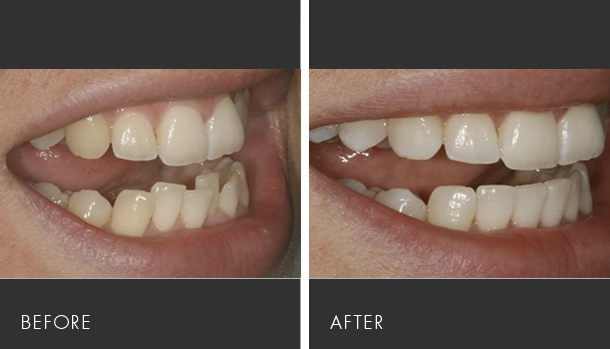
Getting Treatment
Ultimately, it is your personal decision whether to correct your teeth or not. You should bear in mind though that if left untreated, many orthodontic issues can lead to more serious dental problems, including inflamed gums, periodontal disease, plaque buildup, tooth decay, mouth sores, bad breath, and tooth loss. According to the American Dental Association some oral infections can also result in stroke, heart disease, diabetes and pneumonia.
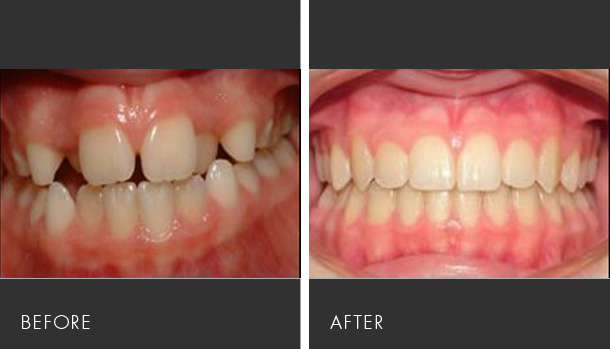
Patients who decided to undergo Invisalign treatment have positive experience with the results, as well as the actual course of treatment. Easy application, the ability to remove the aligners when necessary for eating and cleaning, extreme comfort when sleeping or doing sports and the transparency of the material are only a few advantages of Invisalign over traditional metal braces.
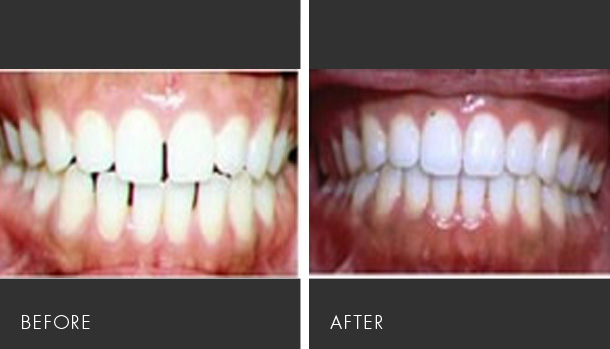
Invisalign provides an effective solution to your orthodontic problems, straightening and correcting your teeth through a convenient treatment and resulting in improved oral health and dazzling smile!
Procedure Info
Clear orthodontic aligners are customized just for you and made of clear plastic which minimalizes the irritation of your gums and cheeks. Throughout the whole treatment it is necessary to wear the aligners at least 20-22 hours a day to reach maximum results. The length of the treatment depends on your individual issue, but generally it is one year. You are provided with a new set of aligners every two weeks as you advance in your treatment, but you only need to see your doctor for occasional check-ups, approximately once in six weeks. On top of being almost invisible, the greatest advantage of clear orthodontic aligners over traditional dental retainers is that you can take them off any time you want, to eat foods you would be limited on with wire braces and to clean your teeth comfortably.
Am I the right candidate?
Clear orthodontic aligners are not suitable for every patient. Your dentist or orthodontist will examine your teeth and decide on the best treatment for you depending on the severity of your malocclusion. In cases of very serious underbites, overbites and crossbites you might be recommended to opt for a more complex orthodontic treatment which usually involves traditional metal braces.
Costs
The treatment costs are set by individual dentists and orthodontists. In general, clear orthodontic aligners can come out more expensive than conventional metal braces. On the other hand, they bring many advantages over metal braces and the entire treatment process will be much more comfortable for you.

